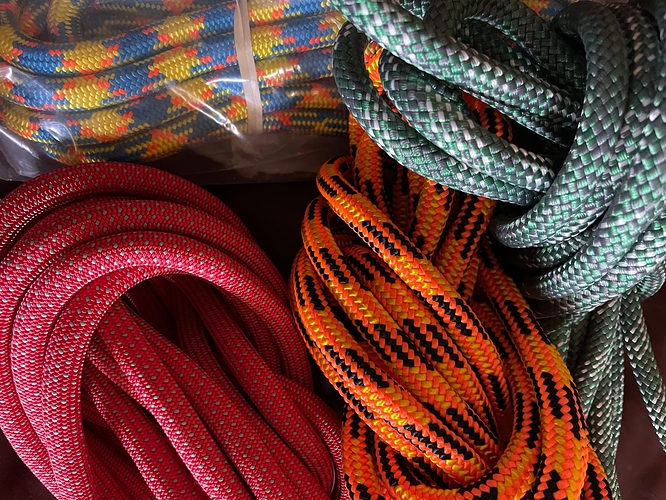Not everyone “reads” a horse well. Rope halters are a tool.
I can tell you that by the standards of most dressage barns, my mare had excellent manners before I ever put a rope halter on her and stuck with it. (She had had a little bit of rope halter work before I bought her, but not much. And I had done 1 or 2 short NH clinics with her, but not really followed up.)
But excellent manners, by the standards of these barns, meant she doesn’t need a chain over her nose to be led, she won’t run you over, she doesn’t kick or nip (people, anyway), she gets distracted by grass but wouldn’t drag you over to it, she’s easy to catch and easy to turn out, she will stand still if asked to, and she is easy for the vet and farrier. She is very smart and can be dominant, but she has a basic understanding of how to behave around people. She does not withhold her opinions, but she is incredibly polite about them.
I can tell you that almost every time I am handed another horse to lead, I realize how lucky I am that she has those good manners as a foundation.
I started doing more with rope halters, NH concepts, etc. after I stopped taking dressage so seriously. I make a lot of mistakes, but we are more connected now. It’s more of a conversation with her, rather than a bunch of orders from me. That probably sounds “woo-woo.”
(One thing that does bug me about the rope halter crowd is that I hate when people hard-tie a horse in a rope halter. I do want something that will break if things go really sideways, and had a couple of times where she might not have survived if her halter had not broken. I do ground tie her in the rope halter – it’s still a work in progress.)







